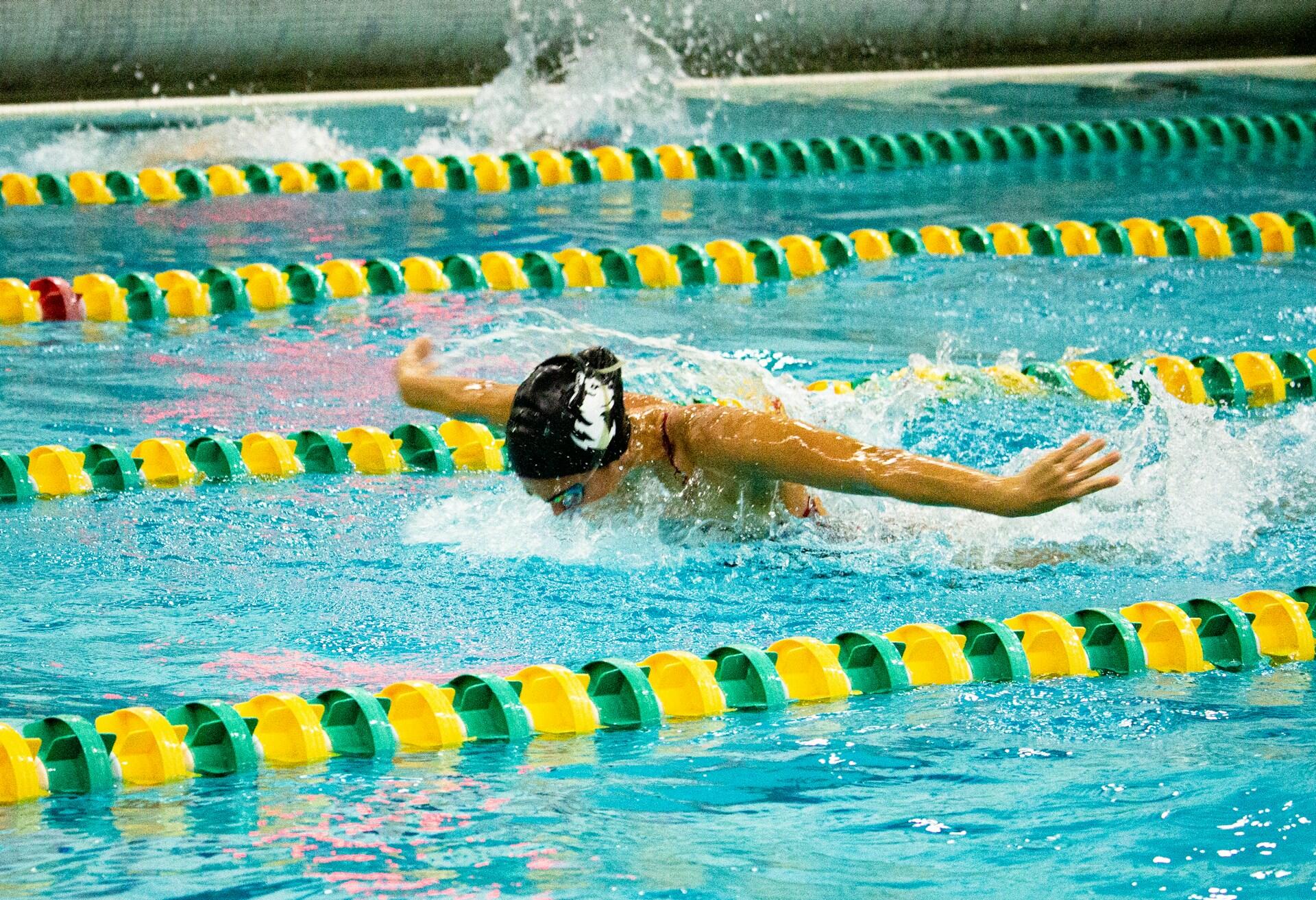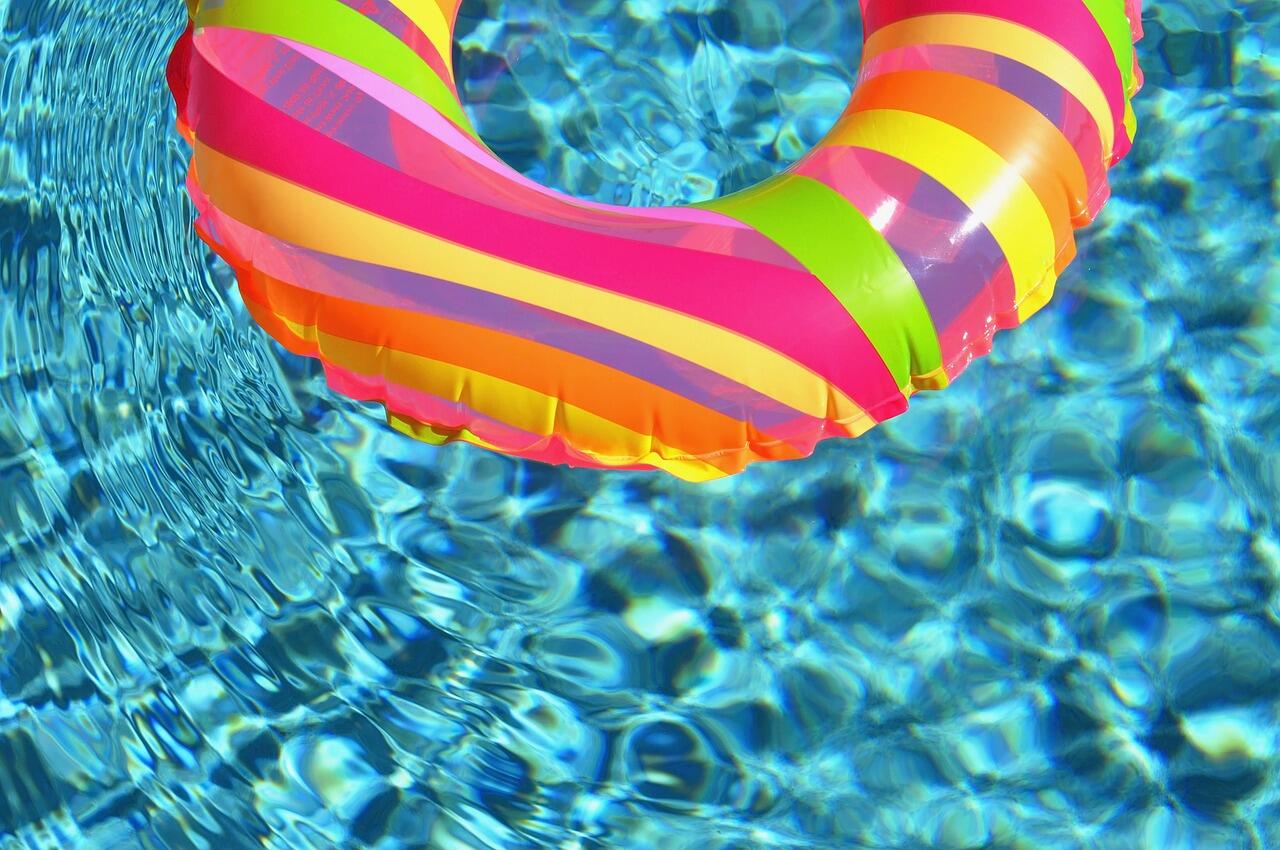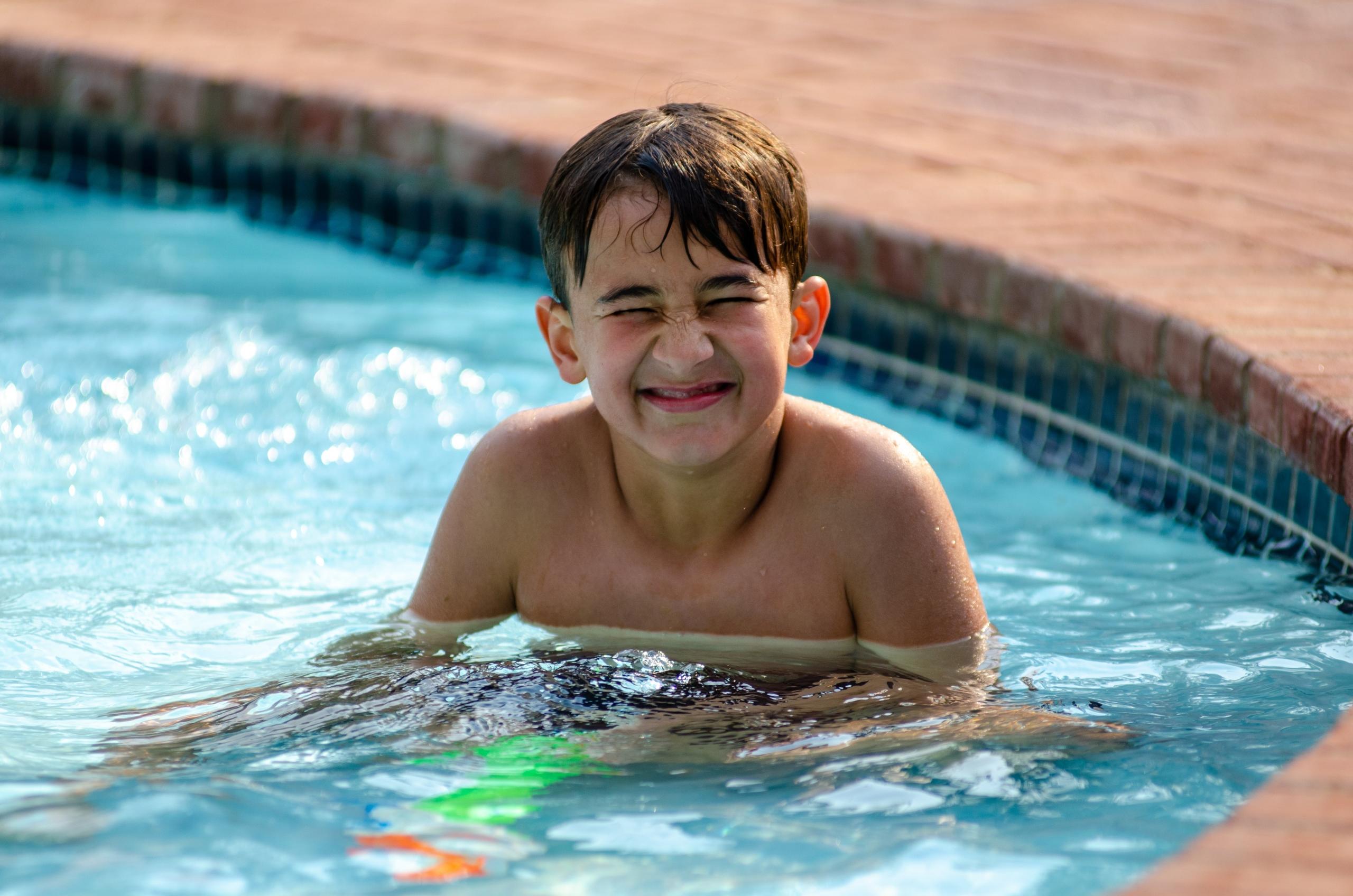Swimming is one of the most beloved and exciting physical activities. It's a delightful way to stay active and truly transcends age and skill level, making it accessible to everyone. Whether you're an experienced swimmer or just dipping your toes in, there's something wonderfully refreshing about gliding through the water.
There are many benefits to swimming, so it is no surprise that it is a fun pastime and a critical life skill. On top of all these, swimming is a versatile exercise that is known to have cardiovascular benefits that not only strengthen the muscles but also improve flexibility. It is also highly recommended for old as well as obese people because it is a low-impact exercise. This simply means that it is gentle on the joints.
Swimming is unique because it provides a full-body workout that promotes both physical and mental well-being. Unlike walking, running and most other exercises out there, swimming uses almost all the muscles in your body.
Swimming started as a life skill and has evolved into a competitive sport over the years. It not only has a rich history but it features a variety of events, techniques as well as training methods. Swimming can be enjoyed for leisure, as a hobby or competition. Its impact on the human body is profound and the benefits it brings to the mind. In this article, we will look at some of the basics of swimming.

The Basics of Swimming
If you are interested in learning to swim, you will need to know, understand and be able to apply the basic principles of swimming before diving into water. At its core, swimming is propelling your body through water by using your arm and leg movements combined with breath control. When it comes to swimming there are some fundamental and generally known swimming strokes which are the freestyle, backstroke, breaststroke and butterfly. Each of these techniques is different and we will discuss them in more detail in the next section of this article.
If you are a complete novice to swimming, you will first need to understand buoyancy. This is what helps swimmers stay afloat. Generally, the human body naturally floats in water because of its composition but this is not enough. If you want to swim, you will need to master the art of buoyancy and know how to use it effectively. When you position your body properly, you will be able to reduce drag and move smoothly through water. This is what will optimise your efficiency when you swim.
Breathing is another crucial part of swimming. To swim, you will need to alternate between holding your breath and exhaling. This is different from land-based activities. Learning and mastering proper breathing techniques will not only ensure that you don't tire quickly but also help you build endurance in the water. You must learn how to exhale underwater and inhale above the surface.
Are you interested in taking swimming classes in KL? Click here to learn more!
The Four Main Strokes in Swimming
There are many ways to swim but generally, there are four main strokes that make up the foundation of competitive swimming. These four are freestyle, backstroke, breaststroke and butterfly. Each of these is different from the others. Let us look at them a little closer in this section so you can understand them better.
Freestyle
The freestyle is also known as the front crawl and is the fastest and most popular swimming stroke. This stroke involves alternating your arm strokes while kicking the water with what is called a flutter kick. In this swimming stroke, the swimmers will maintain a horizontal body position while facing downwards. The breathing technique for this stroke is known as the side breathing. This is because to inhale, swimmers will turn their heads to the side to take in air. The speed during the freestyle makes this the preferred choice in many competitive events compared to the other three strokes.
Backstroke
The backstroke is when the swimmers swim on their backs. They will use an alternating arm stroke that is quite similar to the freestyle stroke. Similarly, a flutter kick is also used in this swimming stroke but the swimmers' legs will be positioned upward. One of the biggest differences between the backstroke and the freestyle is that the swimmers' main focus will be to keep their face above the water while maintaining a rhythmic stroke pattern which can be extremely difficult.
Breaststroke
The third swimming stroke is the breaststroke. This is considered the most energy-efficient stroke, therefore it comes as no surprise that it is generally the slowest stroke. This stroke has a frog-like arm movement and a frog kick. Both arms and legs sweep in a circular motion to propel the swimmer forward. Generally, this is the first swimming stroke beginners are taught to help swimmers learn the correct technique and build their stamina.
Butterfly
The butterfly stroke is the final stroke and it is also one of the most difficult strokes out there. It not only requires timing but also coordination and strength. The butterfly stroke requires the swimmer to move both their arms and in a windmill-like motion while their legs move in a dolphin kick.

Health Benefits of Swimming
Swimming is not only fun but it provides vast health benefits both mentally as well as physically. As a low-impact exercise, swimming in particular is beneficial for people with joint pains, arthritis, and those recovering from injury or obesity. The water helps with reducing the impact of the joints while swimming and it also minimises the chances of injury during this sport. This makes it ideal for people of all ages and for those who suffer from mobility issues. Let us look at some of the advantages of swimming.
Cardiovascular Health
Swimming is an awesome workout for your body. It is one of the few exercises out there that is an excellent cardiovascular workout that improves not only your heart but lung health as well. Swimming requires rhythmic movement and breathing and this is crucial to increase your heart rate and to improve circulation. This leads to better cardiovascular fitness. On top of this, swimming can also reduce hypertension while improving your overall endurance.
Muscle Strength and Toning
Another benefit of swimming is the effects it has on the body. It builds muscle strength and tone. As we have mentioned earlier, swimming engages almost all the muscles in your body and this is what makes it a powerful workout that can help you with building strength and muscle tone. The water in swimming provides a natural resistance that helps swimmers build muscle mass without needing to do weights. It is very effective in toning the arms, legs, as well as the core muscles.
Flexibility and Balance
Flexibility and balance will improve when you start swimming. When you swim, you will be moved by stretching and reaching motions. This will improve your joint flexibility. Furthermore, your arm and leg movements will help you maintain balance and posture. This can improve your overall mobility on top of all of these. There are various types of swimming exercises, such as swimming aerobics and swimming Pilates. These activities combine aerobics and Pilates with swimming, enhancing flexibility and balance.
Mental Health and Stress Relief
Swimming not only has physical benefits, it also has mental and emotional benefits. The repetitive movement in swimming has a calming effect on swimmers. On top of this, water is known to reduce stress and anxiety. Swimming regularly can help to improve your general mood and reduce stress by promoting relaxation. As you focus on your breathing, you will go through a meditative experience that will help you clear your mind and be present in the moment.
Check out Where to Learn Swimming in Selangor.
Swimming Equipment and Gear
For you to start swimming, there are a few equipment that will be necessary to ensure you are comfortable as well as safe during this sport. We have listed some of the essentials you will need to start.
Swimwear
One essential gear you must have is a comfortable swimsuit. This is essential for swimming. Most people think they can just wear a T-shirt and shorts for swimming but a comfortable swimming suit will not only allow you the freedom to move freely in the water but also keep you safe. They come in various styles from one-piece suits all the way to swim trunks.

Goggles
If you are someone who swims regularly, you should have a pair of goggles. This is essential especially if you are swimming in chlorinated pools. These goggles are designed to keep your eyes safe from irritation while providing you with clear vision underwater. Swimming goggles come in various designs such as wider vision, anti-fog, UV coating and even power for those who wear glasses.
Swim Caps
Last but not least, swim caps. While not essential, it is highly recommended to get swimming caps. They not only protect your hair from chlorinated water which can negatively affect your hair, but it also keeps your hair out of your face and reduces drag during swimming. It also maintains hygiene in public pools. Swim caps are available in many kinds of materials such as silicone, latex and even lycra.
Anyone can learn how to swim! You can learn to swim as an adult or send your children for lessons. Age is not a barrier. If you are looking for a private coach in swimming, look no further. Superprof is an online platform that connects students with coaches. Our swimming coaches are not only experienced but qualified and they have what it takes to help you master all four types of swimming strokes. They will be able to guide you as you start your fun journey of learning how to swim.
















